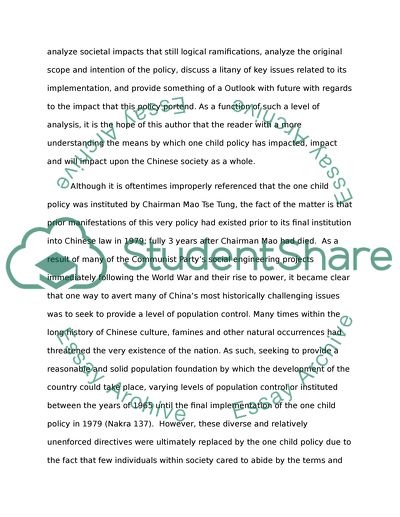Cite this document
(“China one child policy and its impact Term Paper”, n.d.)
Retrieved from https://studentshare.org/macro-microeconomics/1483152-china-one-child-policy-and-its-impact
Retrieved from https://studentshare.org/macro-microeconomics/1483152-china-one-child-policy-and-its-impact
(China One Child Policy and Its Impact Term Paper)
https://studentshare.org/macro-microeconomics/1483152-china-one-child-policy-and-its-impact.
https://studentshare.org/macro-microeconomics/1483152-china-one-child-policy-and-its-impact.
“China One Child Policy and Its Impact Term Paper”, n.d. https://studentshare.org/macro-microeconomics/1483152-china-one-child-policy-and-its-impact.


